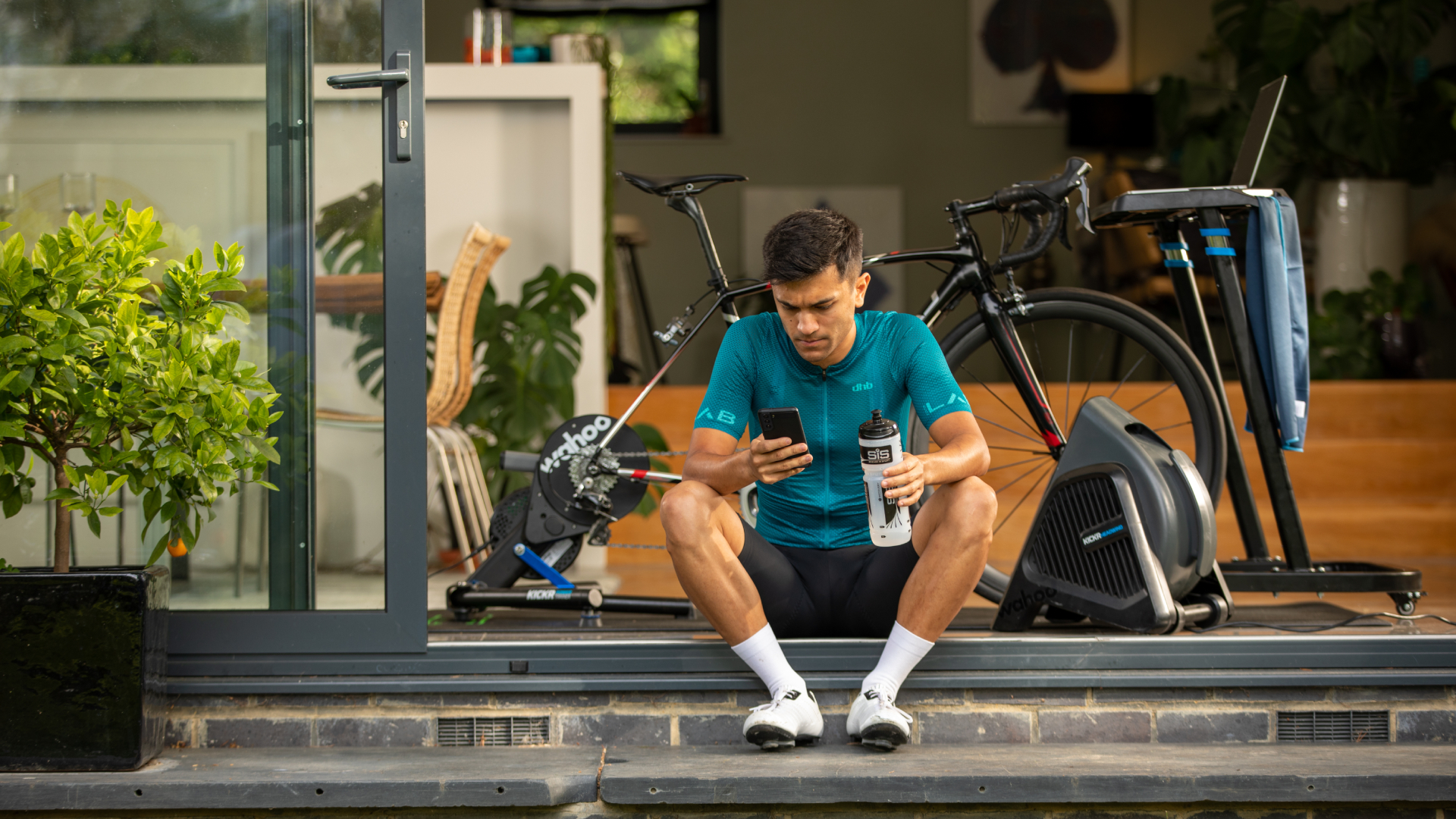
We as cyclists are a bit of a funny bunch, there’s no disputing that. We get obsessed over small details and are pretty known for sweating the small stuff. Now I’m sure like most of you, geeking out on the details is actually really fun and satisfies a weird part of our brains.
Quietly thinking about every tiny detail of my bike and the parts I may wish to upgrade in the future consumes more of my brain activity than maybe it should. But recently, I took a step back and realised that there’s actually quite a few dumb things that we as cyclists probably shouldn’t care about. So let’s get into them…
1. FTP
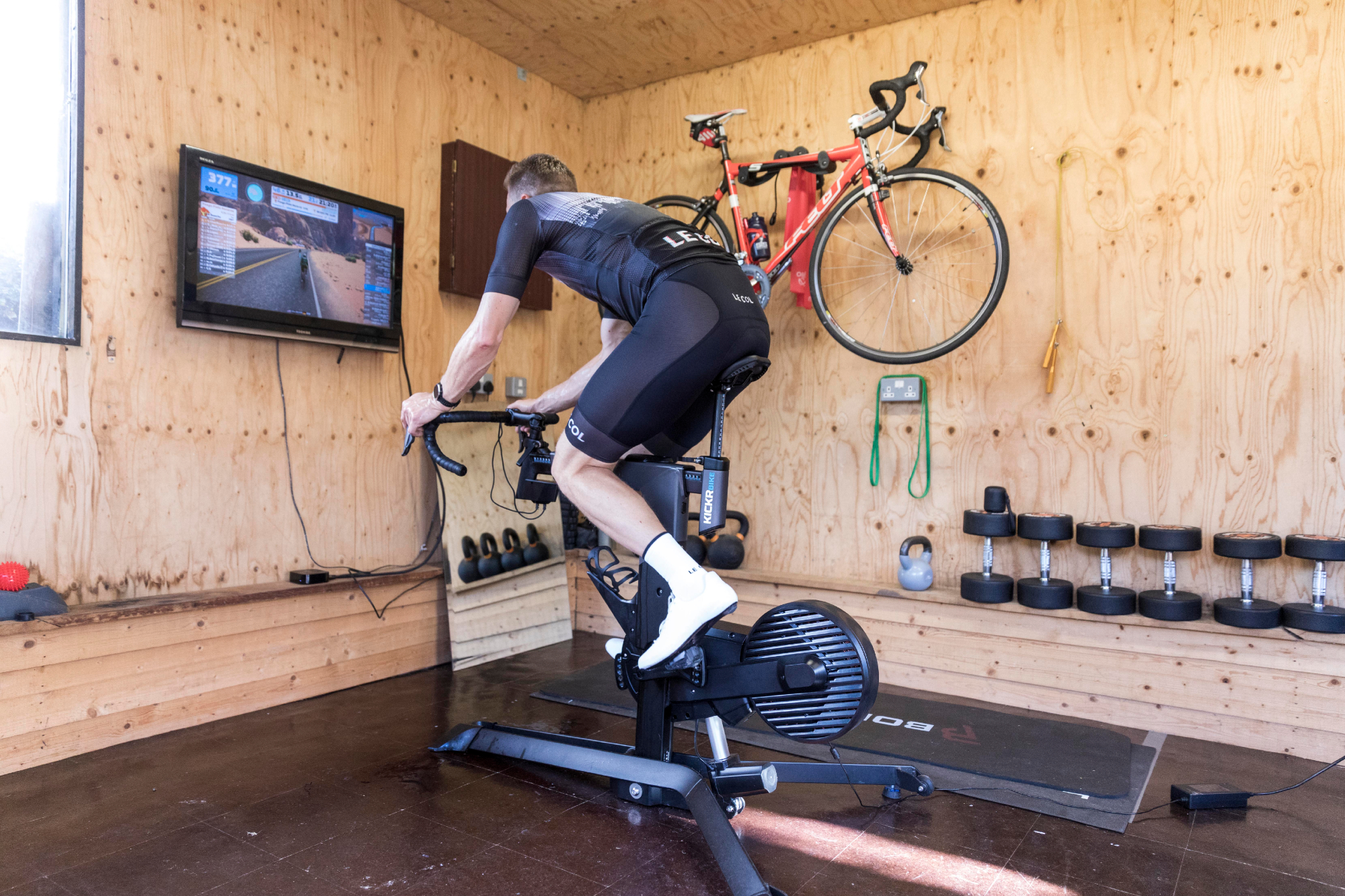
There’s nothing quite like having someone ask you what your FTP is, only for you to have to justify what it is with what your watts per kilo are. At least that’s true in my experience. But really, should we even really care what our FTP is? Sure, it does give you an indicator as to what your fitness level is, but it can also be a fairly flawed metric.
For those who undertake a 20-minute test and then minus 5%, that’s not really the best way to calculate how much power you can sustain for an entire hour, which is what your FTP should tell you. For a lot of people, the maximum amount of power that you can sustain for an hour can only be found out by doing just that, an hour of pain.
Additionally, for most people, we’re never actually riding at pure threshold for an hour or maybe even 20 minutes. The open roads throw up too many variables. So, perhaps, don’t worry so much about what your FTP is, but instead, think about your explosive, high end power, which is great for getting you away from a set of lights in a flash, your ability to smoothly and safely ride the wheels of your fellow riders and building up your anticipation of what all the other road users around might do. Mastering these things will increase your average speed.
2. Recording every ride
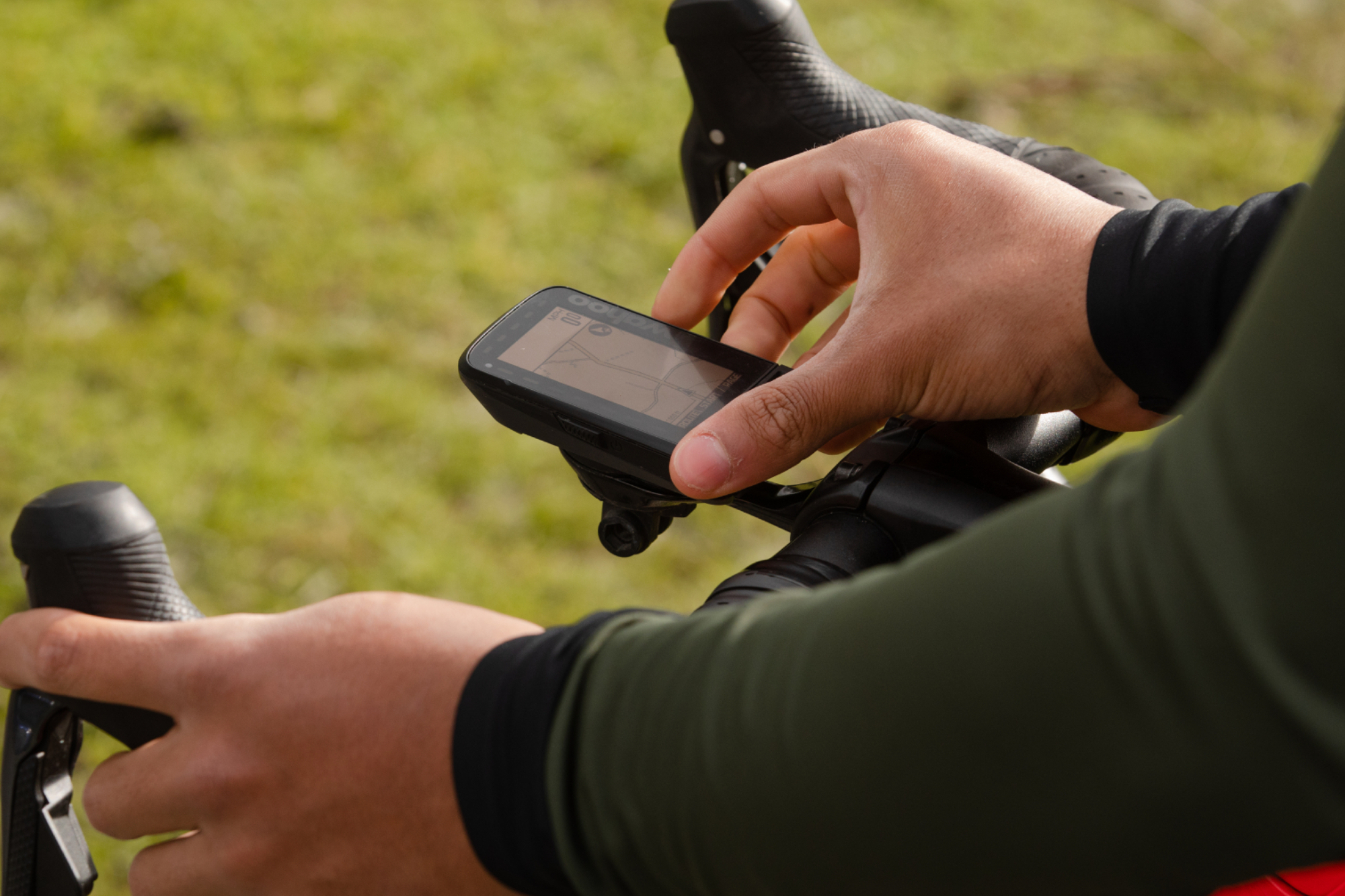
‘If it’s not on Strava then it doesn’t count’ a phrase that I’ve heard a thousand times and one which I may have repeated myself. We’re all very obsessed about recording every meter we cover by bike, but should we be?
I know for sure that some of my favorite rides have been ones where I’ve left the head unit at home and just ridden without having a little screen to stare at. Sure, the best cycling computers provide a wealth of information at your fingertips but, really, not every ride has to be recorded. It’s totally fine to head out and just enjoy the outdoors with zero distractions… if anything it’s better.
3. Average speed
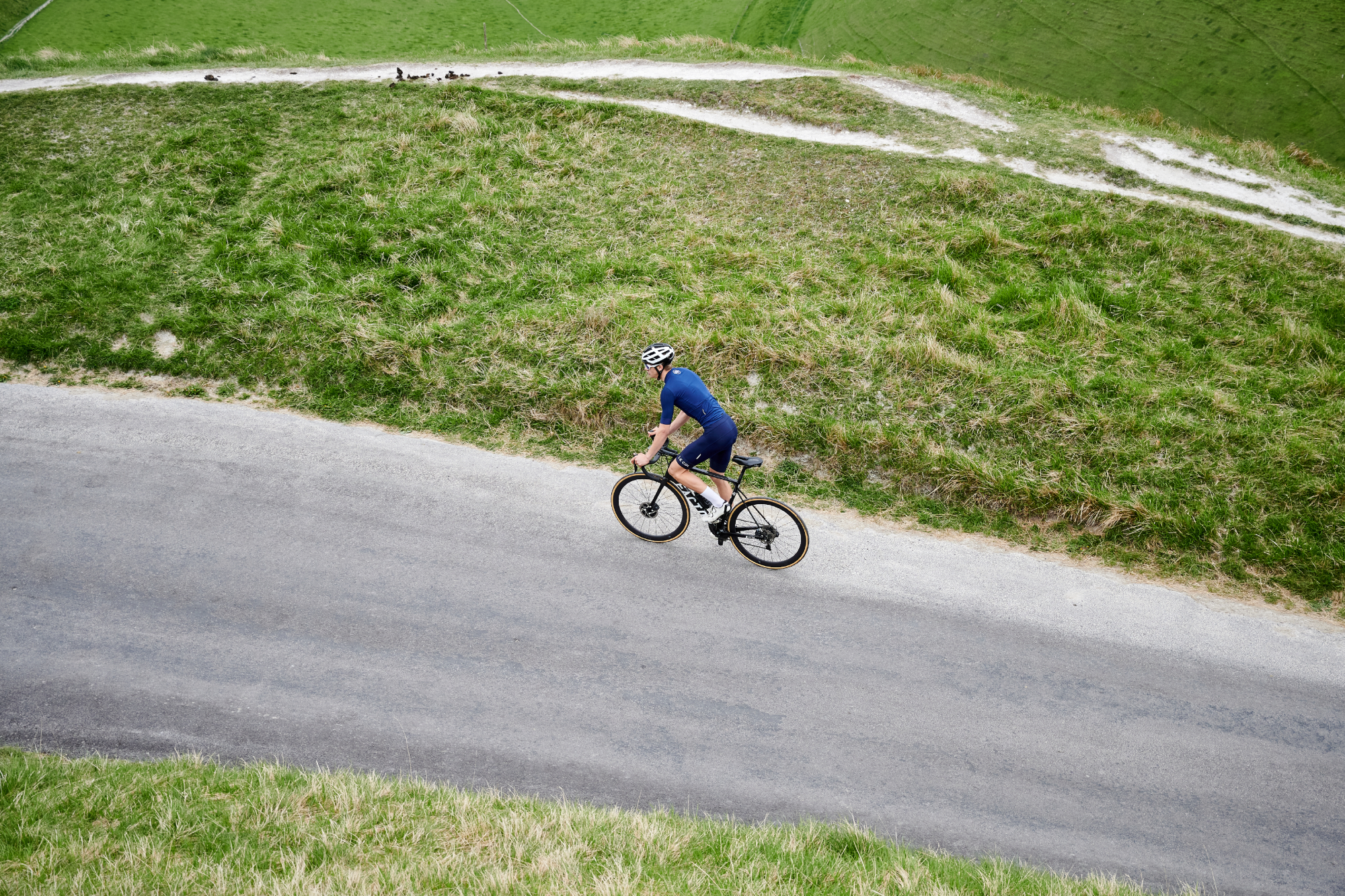
Much like FTP, constantly monitoring your average speed is kind of pointless. For a long time, all I cared about was always increasing it by another mile an hour, but when I realised how easy it was for the metric to be influenced by wind direction, traffic lights, other road users and a dozen other variables, I started to care a lot less.
Sure, it’s nice when you head out and end up getting round your local loop a lot faster than you otherwise may have expected, but if getting faster is what you really care about, get yourself one of the best power meters and monitor those numbers instead. They are a much better reflection of where your fitness is really at and when you complete power based training sessions, it’s inevitable that your average speed will start to creep up as a by-product.
4. The weather
The weather is yet another thing which I’m guilty of caring too much about. It’s easy to write a day off if the wind is too strong or the chance of rain is slightly too high, but if the conditions aren’t deemed to be unsafe, then, just go for a ride, it’s so rare that you’ll feel worse for it and the chances are, the conditions will be better than you may expect.
The only reason to pay attention to what the forecast says is to ensure you’ve got the right kind of clothing on and to check which way the wind is blowing in case you want to go for a Strava KOM attempt.
5. Shaving your legs
Another one I’m guilty of is caring too much about shaving my legs. I’ve always been pretty upfront about the fact that I just like the way it looks, rather than caring about any sort of aerodynamic or injury related benefits. Sure, it is handy when getting massages, but I, for one, know that it’s a problem when I can’t go meet my mates for a ride unless my legs are freshly shaved and moisturised. Certainly one, I’ll try and grow out of, but some habits do die hard.
6. Bike weight
Bike weight is one metric which is poured over more than most. Most people, generally want a lighter bike, the reason being is that lighter bikes take less effort to power over climbs, they feel more responsive and generally make the experience of cycling a lot more fun.
However, while enjoying the difference a 1 kilo saving is something that everyone can do, if you already have one of the best road bikes which is sub 7-8 kilos, you really do fall into a game of diminishing returns. Sure, it might be possible to save 50 grams with a change of pedals or 100 grams with a change to one of the best bike saddles, but when you consider what that difference is a percentage of overall bike and rider weight combined, you’re not even close to making a 1% improvement.
Also, the thing that always make me laugh is, the fact that you can have a beautifully light bike and then slide in a full bottle of water which generally will weigh a minimum of 700 grams. Also, I believe the smallest of weight savings should probably be reserved for riders who might not have much weight to lose themselves.
If you’re carrying a bit of extra timber, perhaps, riding your slightly heavier bike a bit more could actually net a larger weight saving gain and, make you faster in the process too!
7. Integrated cables
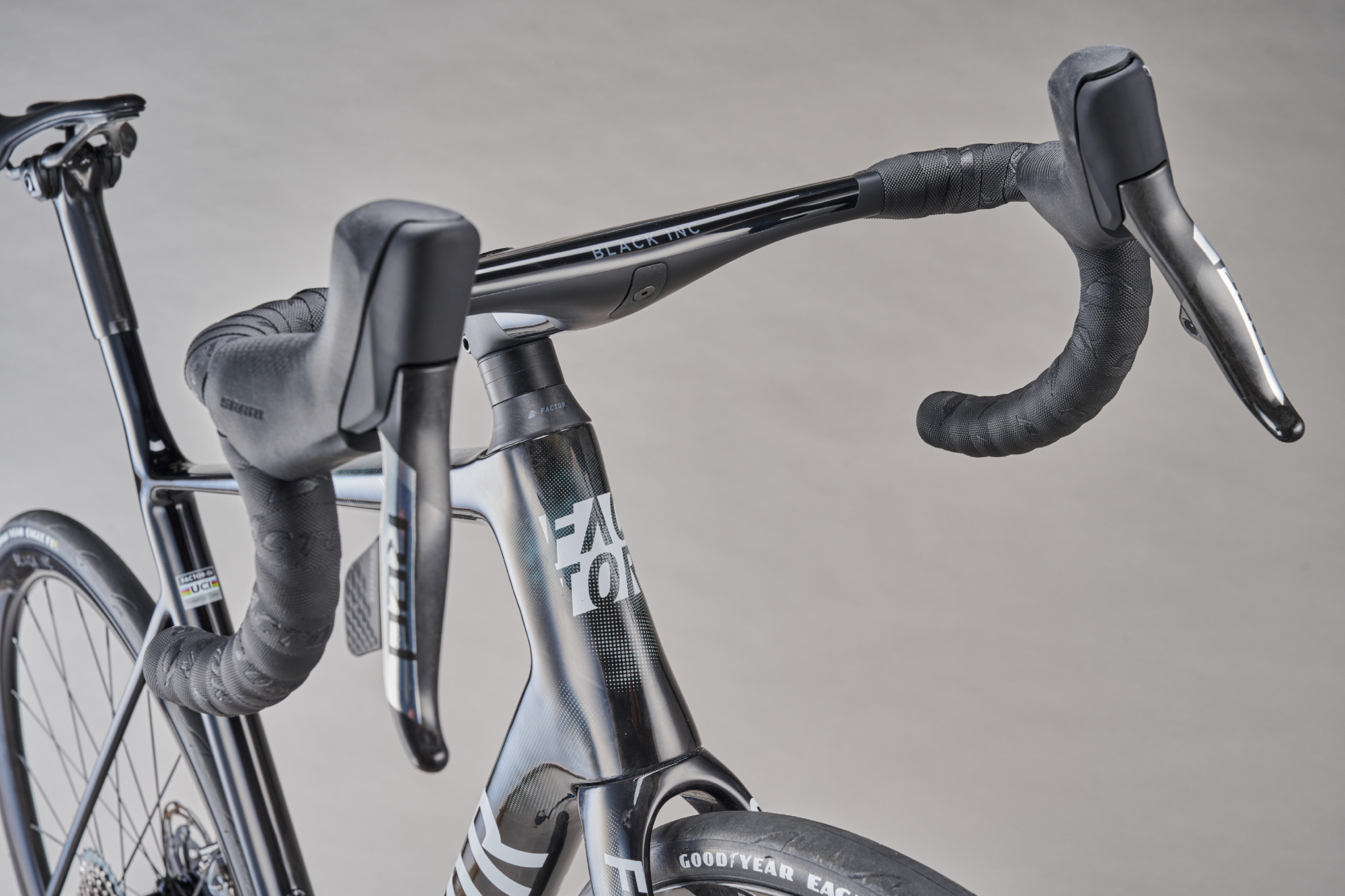
The latest trend of pretending like your bike is completely cableless and brake hose free is rife. Massively helped by the widespread adoption of integrated carbon bars - those which allow for the cables and hoses to be routed inside the bars themselves and down through the headtube mean we’re left with something which is rather aesthetically pleasing.
While I’m not going to argue against the clear improvement in aesthetics, in my opinion at least, the resulting aero saving gains are slightly questionable, and it’s those aero efficiencies that these bars are often marketed as offering. I’m sure tucking the hoses out of the wind does create a saving, however, that saving is likely not much more than a couple of watts.
So, if you are a rider who wants to be as slippery as possible then, perhaps spend more time thinking about the width of your bars and your position rather than whether your cables are exposed. I can guarantee you’ll find a bigger saving.
8. Ceramic bearings
Another one for the diminishing returns' brigade are ceramic bearings. They are absolutely mesmerising when you give either a wheel or chainset a spin, and they rotate seemingly endlessly, however, before you get to the point of investing in such an upgrade, ask yourself this, are you staying on top of your steel bearing maintenance?
Are you keeping your chain clean and using one of the best chain lubes for bikes? Are you ensuring your road bike tire pressure is correct before every ride? All these things will net a greater improvement compared to ceramic bearings and on the whole cost a fair bit less too. So while ceramic bearings do have their place for those who can extract the benefit of their silky smooth ways, I think the majority of us really don’t need to worry ourselves too much with them.
9. Tradition
People have been riding bikes for a very long time, so much so that our beloved sport is steeped in tradition, but this has led us to a point where perhaps we might care a little too much about cycling’s long history. On one hand, it’s great to understand and learn about the roots and heritage of a sport, but that shouldn’t come at the cost of embracing the future and understanding that change is inevitable.
It’s no surprise that we’re living in an era of intense innovation and that can often come with growing pains, but with the beauty of perspective and hindsight the end result is often something that is better than what it replaces - it may just take a few product cycles to get there.
I know a lot of you do love to celebrate and enjoy the tech of yesteryear, and that’s great, but maybe, try and keep an open mind for what's to come. It’s not all bad.







